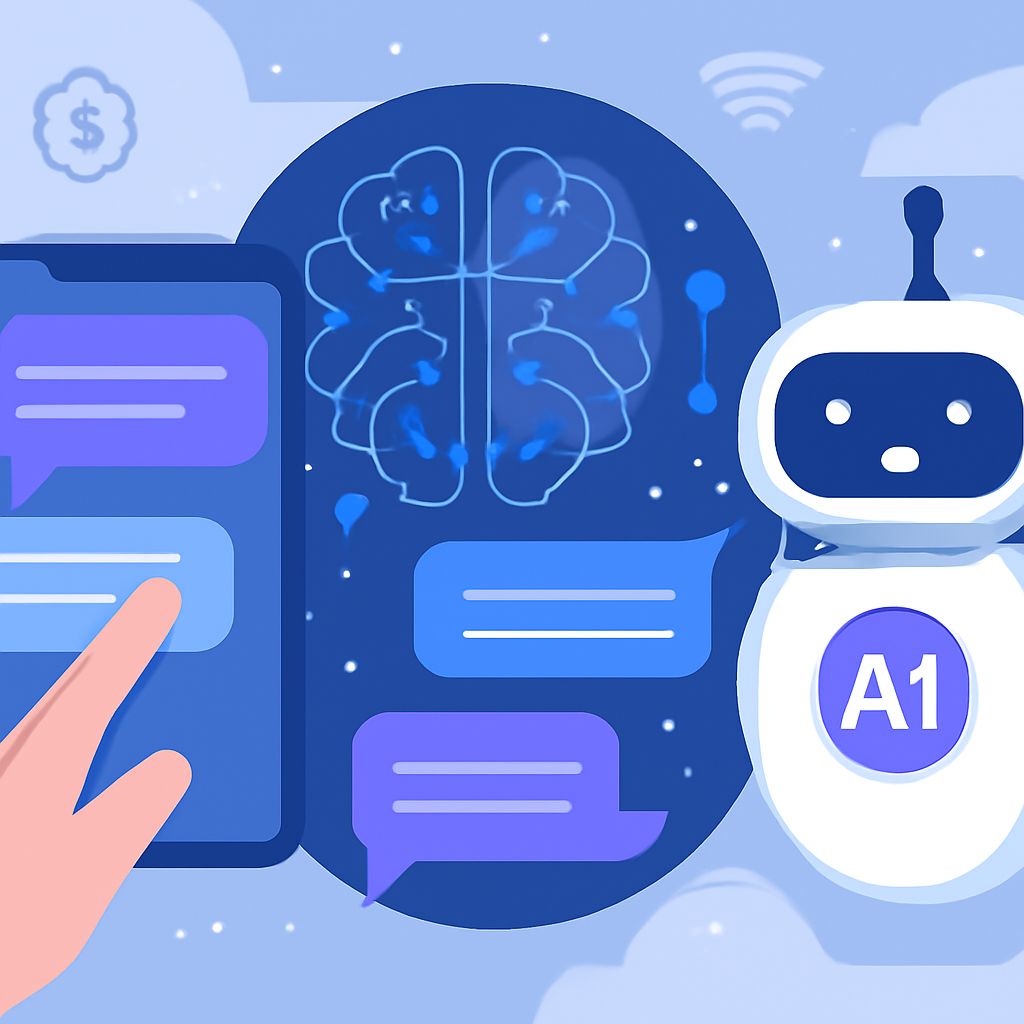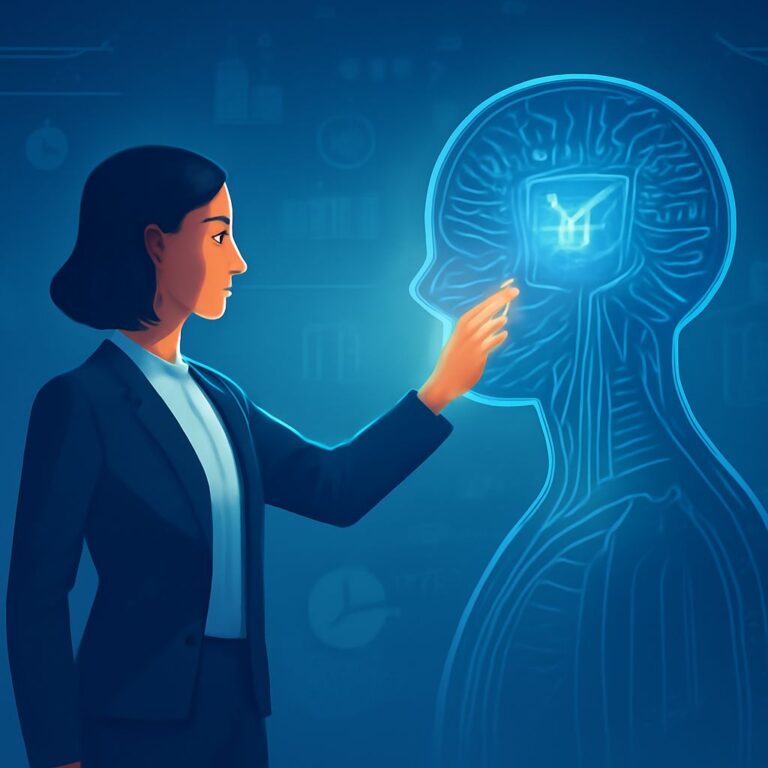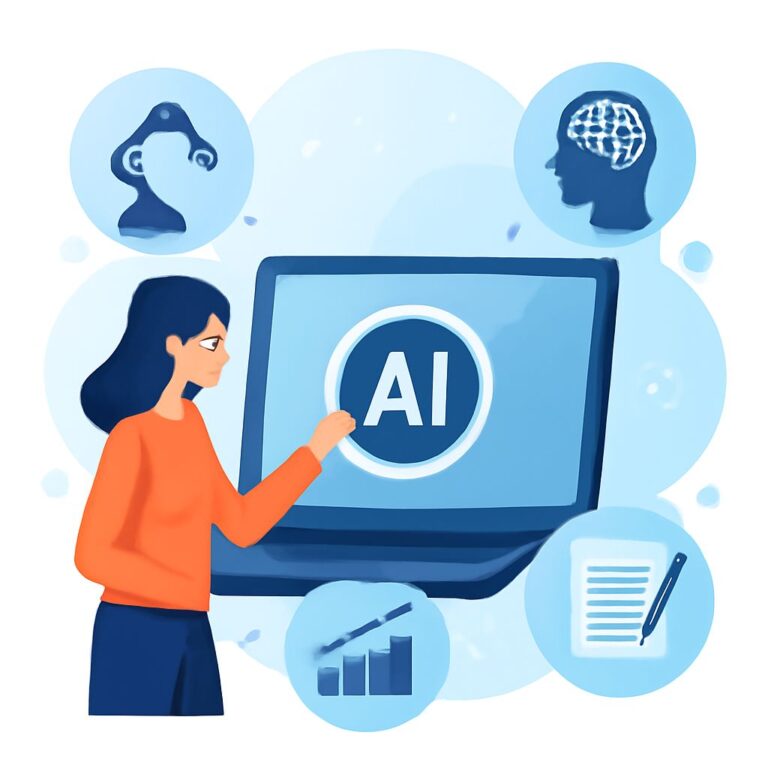Table of Contents
Introduction to AI in Chatbot Technology
Artificial Intelligence (AI) has significantly transformed the landscape of chatbot technology. With advancements in natural language processing and machine learning, chatbots are becoming more sophisticated, offering seamless interactions that mimic human conversation. This has opened up new avenues for businesses to interact with customers, providing a more refined and efficient customer service experience. Not only does AI enable chatbots to engage in more natural and intuitive dialogue, but it also allows businesses to automate routine inquiries, reducing the burden on human support teams and ensuring prompt responses.
The Importance of Seamless Chatbot Interactions
Seamless chatbot interactions refer to a conversation experience where exchanges between the bot and user are smooth, intuitive, and devoid of friction. Achieving this involves understanding user queries accurately and providing relevant answers promptly. The benefits include improved customer satisfaction, increased engagement, and cost-efficiency. A seamless interaction ensures that users feel heard and understood, which can significantly boost their overall experience and loyalty to a brand.
Additionally, well-implemented chatbot systems can gather insights from customer interactions, helping businesses refine their services and offerings. Therefore, investing in creating seamless chatbot interactions is not just about deploying technology; it’s about enhancing user experience and building lasting customer relationships.
How AI Enhances Chatbot Functionality
AI enhances chatbot functionality through several key technologies:
- Natural Language Processing (NLP): Allows chatbots to understand and process human language more naturally. NLP is crucial for interpreting diverse linguistic nuances and enabling bots to hold meaningful conversations in multiple languages, catering to a global audience.
- Machine Learning (ML): Enables chatbots to learn from interactions and improve their responses over time. ML algorithms help chatbots recognize patterns and preferences, which translates into more personalized user experiences.
- Sentiment Analysis: Helps in recognizing the emotional tone of user queries, allowing chatbots to respond empathetically. This capability is essential for customer service applications, where understanding a user’s mood can be just as important as solving their problem.
Moreover, AI enables chatbots to handle tasks that require immediate attention outside of traditional business hours, ensuring customers receive round-the-clock support without delay.
Implementing AI for Better Interaction
Integrating AI into chatbot systems requires a strategic approach that takes into account the unique needs of a business and its audience. Here are key steps to successful implementation:
- Defining Objectives: Clearly outline what processes the chatbot will cater to within the business framework. This involves identifying the types of interactions and tasks the chatbot will manage, as well as expected outcomes.
- Choosing the Right Tools: Utilize AI-driven platforms that offer comprehensive features for your specific needs. Decision-makers should consider tools that are scalable, user-friendly, and backed by robust customer support.
- Continuous Training: Regular updates and training ensure the chatbot’s responses remain accurate and helpful. As language and user behavior evolve, ongoing learning and adaptation are crucial to maintaining high-quality interactions.
Additionally, businesses should gather and analyze data on chatbot interactions to continually refine and enhance the AI models. User feedback can be invaluable in identifying areas for improvement.
Challenges in AI Chatbot Integration
While AI chatbots offer numerous benefits, there are inherent challenges:
- Understanding Context: Ensuring the chatbot correctly interprets the context of a conversation can be complex. Ambiguity in user inputs requires sophisticated algorithms to discern intent accurately.
- Data Privacy: Managing user data responsibly to protect privacy and comply with regulations is crucial. It’s essential to implement strict security measures and transparent data handling practices to build user trust.
- Technical Limitations: In some cases, existing technology may not fully meet the desired conversational standards. Integration with legacy systems and accommodating the scalability of AI solutions can pose significant challenges as well.
Overcoming these challenges involves staying abreast of developments in AI technology and investing in robust infrastructure. Collaboration with third-party AI providers and ongoing team training can also help mitigate potential issues.
Applications and Future Trends of AI Chatbots
AI chatbots are revolutionizing numerous industries by streamlining operations and enhancing user experiences. In e-commerce, they assist with product inquiries, order tracking, and personalized recommendations. In healthcare, chatbots offer preliminary medical advice, schedule appointments, and remind patients about medications. In finance, they provide information on account management, transaction history, and fraud alerts.
The future of AI chatbots looks promising, with developments in areas such as:
- Voice-Activated Bots: As voice recognition technology improves, voice-activated chatbots will become more prevalent, enabling hands-free interaction and accessibility for users with disabilities.
- Advanced Emotional AI: Future chatbots will likely be capable of deeper emotional intelligence, allowing for even more personalized and empathetic customer interactions.
- Integration with IoT: As the Internet of Things (IoT) ecosystem expands, chatbots will interact with a wide array of connected devices, offering seamless control and management of smart home systems.
Conclusion
AI-powered chatbots are an invaluable tool for modern businesses, providing seamless and effective customer interactions. By harnessing AI technologies such as NLP, ML, and sentiment analysis, chatbots can offer an enhanced user experience that not only improves customer satisfaction but also optimizes business operations.
While challenges in AI chatbot integration exist, they can be overcome through strategic implementation, continuous learning, and leveraging the latest technological advancements. As the landscape of AI chatbots continues to evolve, organizations that embrace these tools can expect to stay ahead in a competitive market landscape, offering unique and innovative interactions that set them apart from the competition.
FAQ
How does AI improve chatbot performance?
AI improves chatbot performance by enabling advanced understanding of natural language, learning from interactions, and adapting to better serve users’ needs. This adaptive learning ensures that chatbots can handle an increasing variety of tasks while maintaining or improving efficiency and effectiveness over time.
What industries benefit most from AI chatbots?
Industries such as e-commerce, healthcare, finance, and customer service see significant benefits from AI chatbots due to enhanced customer interactions. Retailers, banks, healthcare providers, and service-oriented businesses have adopted chatbots to optimize processes and provide user-specific solutions quickly and accurately.
Are AI chatbots capable of handling complex queries?
Yes, with advancements in AI, chatbots can now handle complex queries by interpreting context and providing precise answers. These capabilities are powered by extensive databases and intelligent algorithms that allow chatbots to connect users with the right information or transfer them to human agents when necessary.
What are the privacy concerns with AI chatbots?
Privacy concerns include the collection and handling of sensitive user data. Ensuring data protection and compliance with regulations are paramount. Businesses must adhere to standards such as GDPR or CCPA, implementing robust security measures, encryption, and user data anonymization to safeguard sensitive information.









